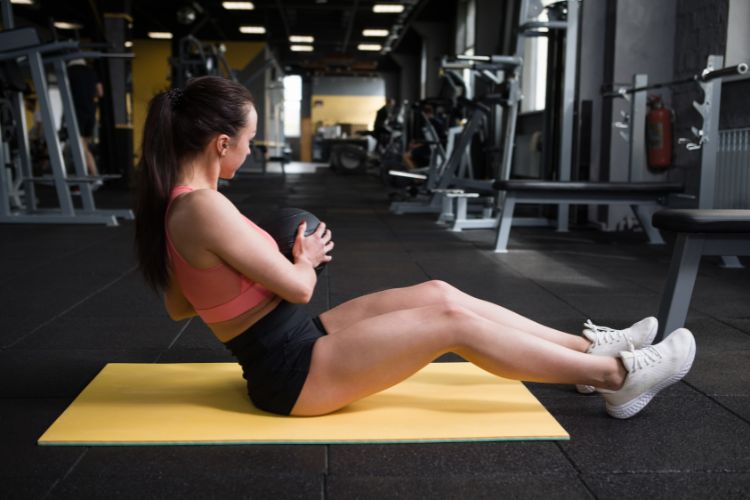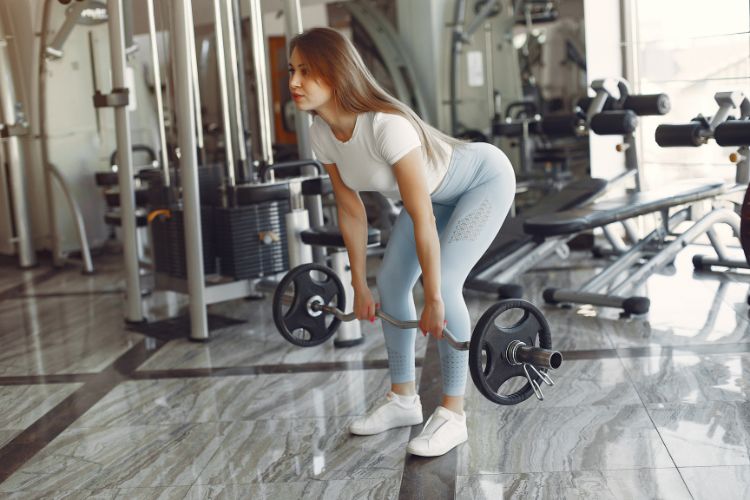Sign up for workout ideas, training advice, reviews of the latest gear and more.






High-Intensity Interval Training (HIIT) has transformed how we approach fitness—offering intense calorie burn and lean muscle development in shorter, more effective workouts. If you’re looking to tone, sculpt, and strengthen your legs and glutes while improving cardiovascular endurance, lower body HIIT workouts should be your go-to. This guide explores everything you need to know about HIIT for your lower body, from benefits and best exercises to sample routines and recovery tips.
Lower Body HIIT focuses on exercises that target major muscle groups in your legs and glutes using the principles of high-intensity interval training. HIIT typically alternates between periods of maximum effort and short recovery, keeping your heart rate elevated and your metabolism revved up for hours after you’ve finished.
Instead of long sessions of cardio or weightlifting, lower body HIIT combines explosive movements—such as jump squats, lunges, and kettlebell swings—with brief rest intervals. This style of training maximizes fat burn, boosts muscle endurance, and develops functional strength.
One of the top benefits of HIIT is excess post-exercise oxygen consumption (EPOC), often called the “afterburn effect.” After a tough lower body HIIT workout, your body continues burning calories at an elevated rate—even while at rest.
Targeting your glutes, quads, hamstrings, and calves with high-intensity lower body movements builds lean muscle mass. HIIT-style resistance training using bodyweight or added weights stimulates muscle hypertrophy and improves muscle definition.
Lower body HIIT workouts are perfect for busy schedules. You can get a complete leg day workout in under 30 minutes without compromising intensity or effectiveness.
Explosive lower body moves like jump squats and mountain climbers raise your heart rate quickly, improving cardiovascular endurance and overall conditioning.
Many lower body HIIT movements mimic real-life activities like jumping, sprinting, or stair climbing. This helps improve balance, agility, and coordination, making everyday tasks easier and safer.
Below are some of the most effective exercises for lower body HIIT routines. These movements can be performed with bodyweight, dumbbells, or resistance bands depending on your fitness level.
A powerful plyometric move that targets your quads, glutes, and calves, while increasing your heart rate.
How to do it:
Start with your feet shoulder-width apart, lower into a squat, then explode upward, jumping off the ground. Land softly and repeat.
A unilateral movement that improves stability and isolates each leg independently.
How to do it:
Step backward into a lunge position, lowering your back knee toward the ground, then return to the starting position. Alternate legs.
Great for working your glute medius, quads, and hamstrings while also improving agility.
How to do it:
Leap sideways from one foot to the other, mimicking a speed skater motion. Keep a slight bend in the knees for balance.
This dynamic variation activates your glutes and core, ideal for developing posterior chain strength.
How to do it:
Lie on your back with knees bent and feet flat. Raise your hips into a bridge and march one leg at a time while maintaining elevation.
An advanced unilateral movement that hammers the quads, glutes, and hamstrings.
How to do it:
Place one foot behind you on a bench or elevated surface. Lower into a squat on the front leg, then press up to starting position.
A functional movement that builds explosive strength in your legs.
How to do it:
Start in a half squat, swing your arms forward and jump as far as you can. Land softly and reset.
Build strength and balance with this classic movement targeting quads and glutes.
How to do it:
Step onto a sturdy box or bench with one foot and press up until you’re standing tall, then step down and repeat with the other leg.
This sample 25-minute lower body HIIT workout requires no equipment and can be done at home. Perform each move for 40 seconds followed by 20 seconds of rest. Complete 3–4 rounds depending on your fitness level.
Once you’re comfortable with bodyweight movements, add dumbbells or kettlebells to increase resistance and muscle activation. Here’s an example of a 30-minute intermediate to advanced HIIT leg workout:
45 seconds on / 15 seconds rest
Repeat the full circuit 3–4 times
Follow the same cooldown routine to relax muscles and aid recovery.
Perform lower body HIIT workouts 2–3 times per week, allowing for rest or upper body training in between sessions.
Always prioritize proper form over speed to avoid injury. Especially during high-impact moves like jump squats and lunges.
Add resistance, increase rounds, or reduce rest intervals gradually to continue progressing and avoid plateaus.
Pair your workouts with a high-protein, balanced diet to support muscle recovery and fat loss.
HIIT is demanding. Make sure to rest when needed, and avoid overtraining. It’s essential for muscle growth and injury prevention.
Recovery is just as crucial as the workout itself. Here’s how to help your muscles repair and grow stronger:
Incorporate static stretches post-workout for quads, hamstrings, calves, and glutes to improve flexibility and reduce soreness.
Using a foam roller helps break up muscle knots and tight fascia, enhancing blood flow to recovering muscles.
On rest days, perform light activities like walking, yoga, or swimming to promote circulation and joint mobility.
Drink plenty of water and eat a post-workout meal with protein and complex carbs within 30–60 minutes after training.
Lower body HIIT is ideal for anyone looking to:
It’s particularly great for runners, athletes, busy professionals, and home workout enthusiasts. If you have joint issues or recent injuries, modify impact-heavy moves or consult a professional.
Lower body HIIT workouts offer a powerful, efficient, and effective way to torch calories, sculpt your lower body, and build explosive strength. Whether you’re a beginner or a seasoned athlete, these routines can be customized to meet your fitness goals and time constraints. By combining intense lower body movements with strategic intervals, you’ll unlock a new level of conditioning and confidence.
Commit to just 2–3 HIIT sessions per week, and you’ll start seeing results in strength, tone, and endurance. Remember, consistency, proper form, and recovery are key to maximizing your performance and avoiding burnout.
Stay up to date on the latest women’s health, fitness and lifestyle trends and tips.